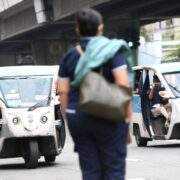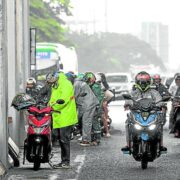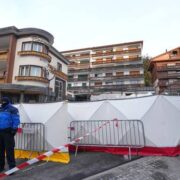‘Invisible’ shipwrecks: Cubans missing on route to US leave painful void at home
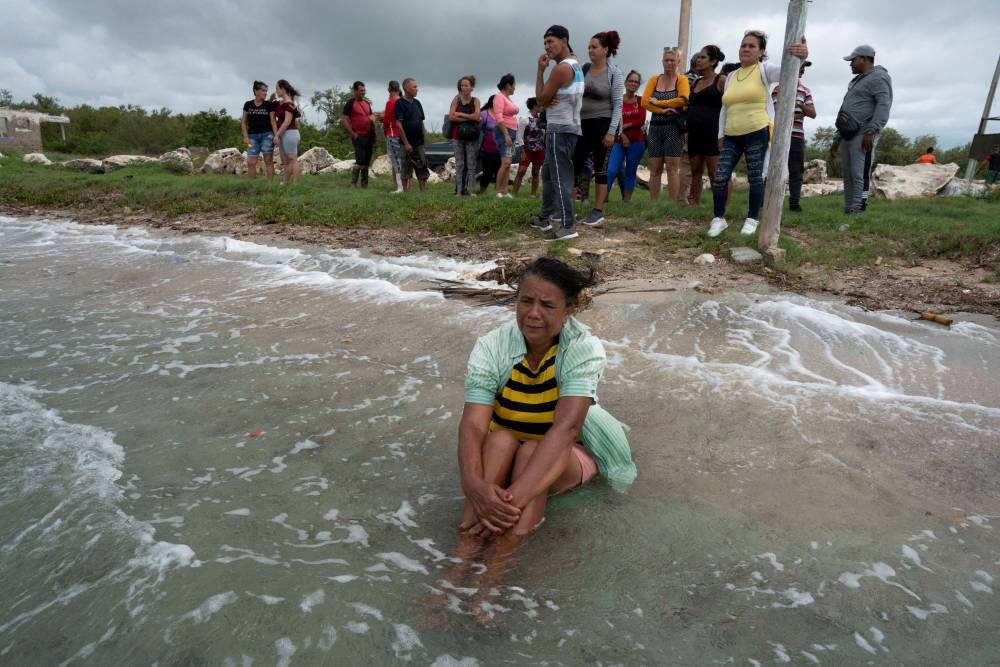
First of two parts
PALMA SOLA, CUBA—Every day, Cuban mother Mayra Ruiz wakes up wondering if today might be the day she hears from her only son, Maiquel Gonzalez. Gonzalez disappeared without a trace in December 2022 alongside 28 friends and family who fled for Florida aboard a homemade boat. They were frantic to escape the crisis-racked Caribbean island, amid signs the United States was about to tighten immigration rules.
For nearly two years, Ruiz has lived in limbo, yearning for any sign of her son.
“We haven’t had good news, but we haven’t had bad news either,” said the 61-year-old, who lives in the city of Santa Clara, in central Cuba. “My mother’s heart tells me he’s alive… but not hearing from him is torture.”
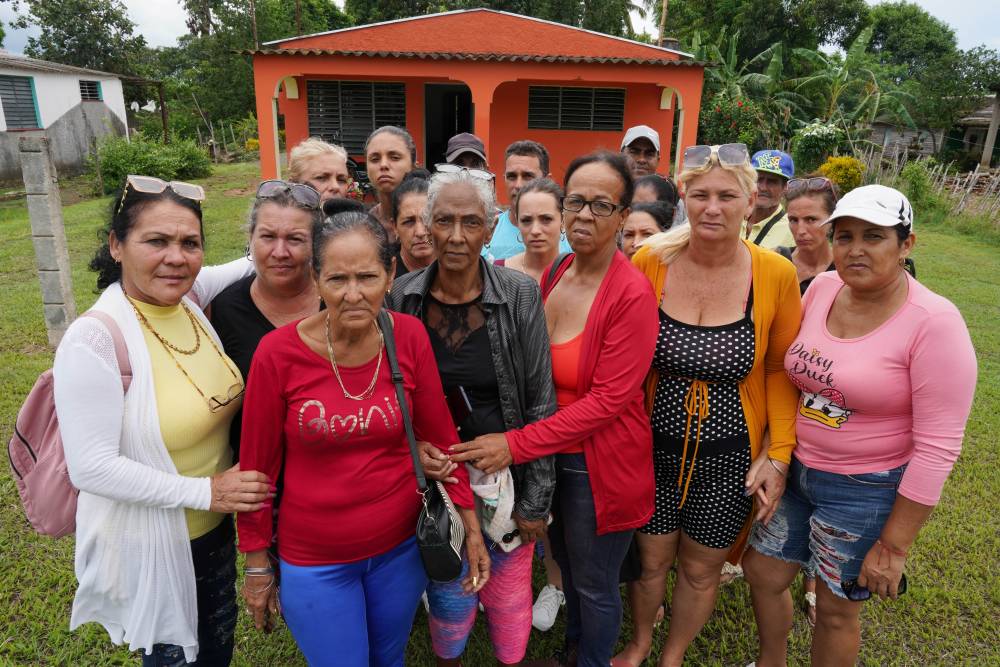
Gonzalez, who would now be 28, was typical of Cuba’s youth, his mother said: He loved music and dance, and drove a motorcycle taxi. But he also dreamt of a car, and a better home for his mother and father.
He knew he could never afford the nearly $5,000 price tag to fly to Nicaragua and then journey north to the US border—the preferred migration route of many Cubans. So when the opportunity to take a homemade boat across the Straits of Florida presented itself – for less than $200—he jumped at it.
The price was right. The distance, little more than 90 miles, far shorter. But the risk was incalculable.
The Straits, which bridge the gap between Cuba and the US state of Florida, are plagued by strong currents, treacherous weather and shark-infested waters—considered among the five most dangerous migrant crossings globally, the UN says.
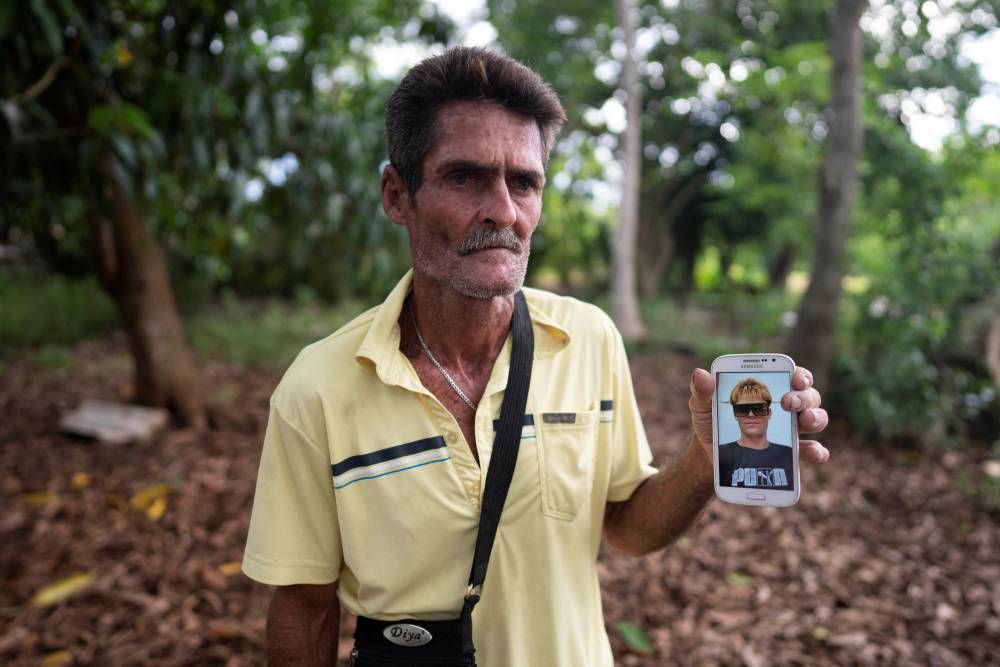
Reuters spoke with more than 40 friends and family of those lost on that boat. The conversations shed light on the complex calculus made by would-be migrants before undertaking the life-or-death journey. They also highlight how some families are left permanently scarred by their disappearance.
The UN’s Missing Migrants Project says 626 have died along the route since 2014, but cases like this one—never investigated by regional governments nor registered by the UN—suggest the numbers who disappear at sea may far exceed official counts.
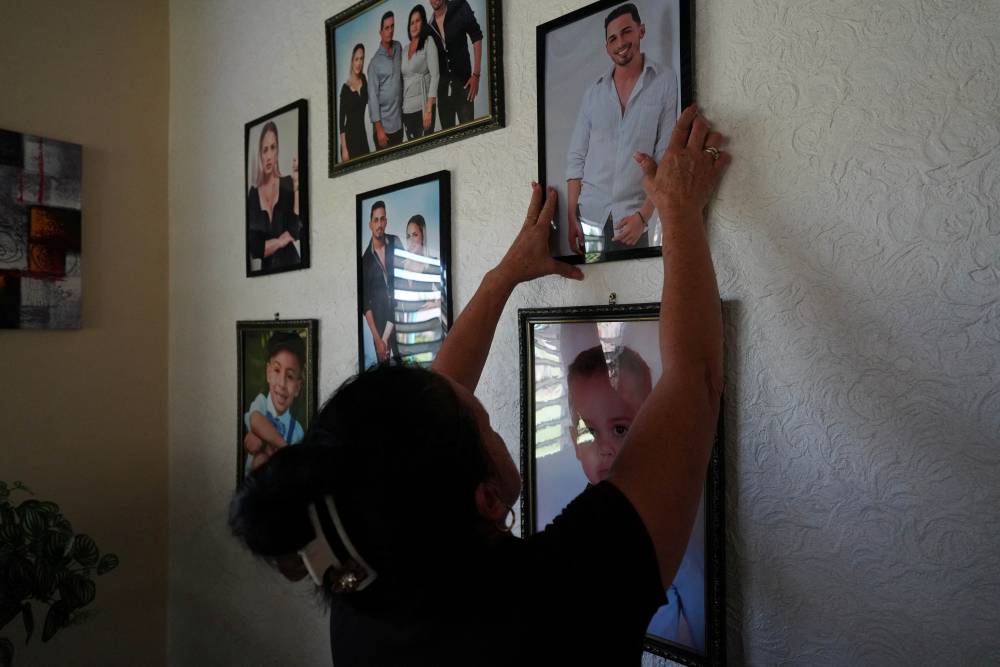
Next exodus
Some family and neighbors of those lost told Reuters that preparations were already underway for a new exodus as Kamala Harris and Donald Trump debate immigration policy ahead of the Nov. 5 election, sowing fear among prospective migrants that the US may again tighten its entry requirements.
The UN project has already recorded a nearly 20 percent surge in dead or missing migrants along traditional Caribbean migratory routes through Sept. 13. The UN project classifies the missing boat of 29 as an “invisible” shipwreck, in which a vessel is reported missing, those aboard disappear, and neither authorities, the media, nor relatives can say for sure what became of them.

It’s a phenomenon echoed in other refugee hotspots worldwide such as the Mediterranean and off the West African coast.
Reuters provided the names, birthdates, and the precise location and date of departure of the missing boat to migration authorities in the United States, in Cuba and in the nearby Bahamas. Neither US or Bahamian authorities had any information on their whereabouts, nor had any government conducted a thorough investigation into the boat’s disappearance.
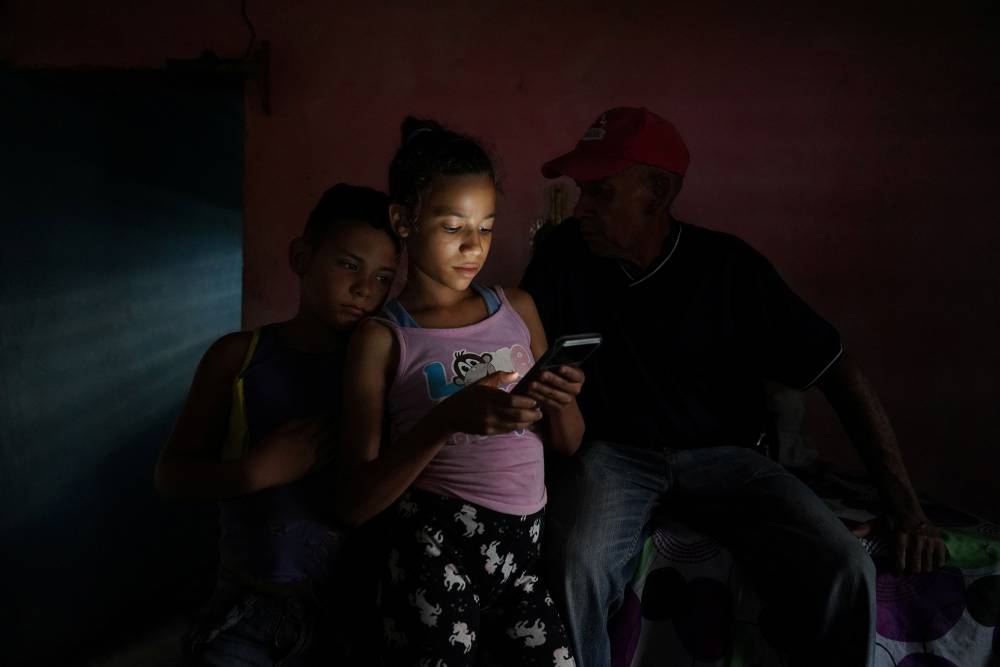
Local authorities around the small farm town of Palma Sola, where the boat disappeared, conducted a search a week after the boat’s disappearance but found nothing.
“It wasn’t just one person, it was massive,” said Ruiz, in tears during an interview at a farmhouse just a mile or so from where her son disappeared. “It’s cruel, but the governments don’t give us answers.”
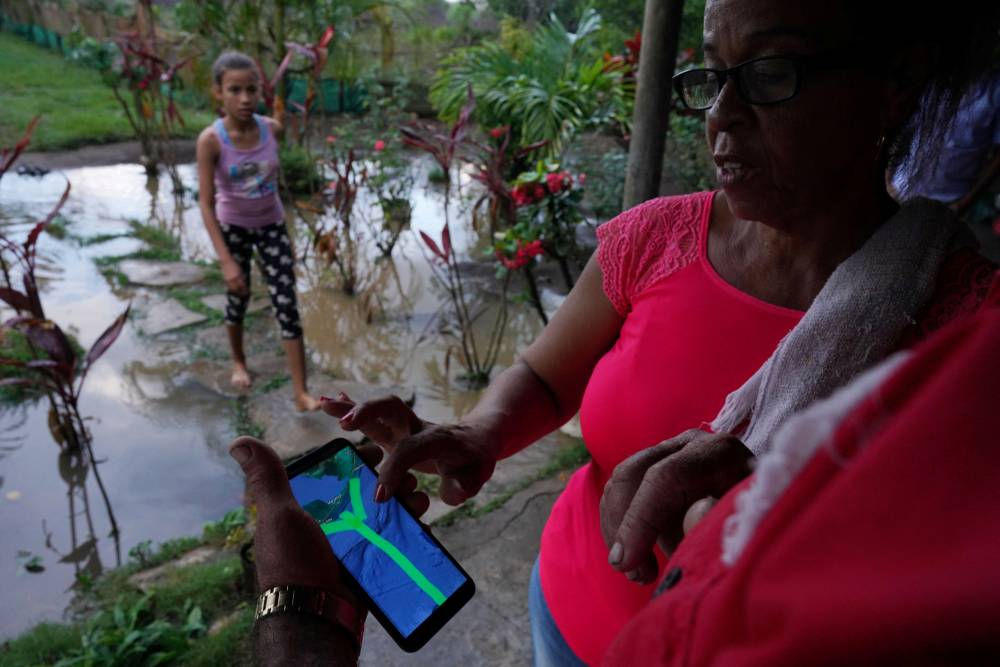
Bad luck
UN experts say 2022 was an especially bad year for migrants in the Caribbean region—the most lethal on record.
Word was spreading in Cuba of a pending US crackdown on illegal migration by land and sea as the Biden administration prepared to implement its parole policy in 2023.
That new policy allowed Cubans, as well as those from Nicaragua, Haiti and Venezuela—to enter the US legally provided they met certain requirements. But it came together with stronger enforcement, including across the Florida Straits, which prompted a rush to leave Cuba before the crackdown began.
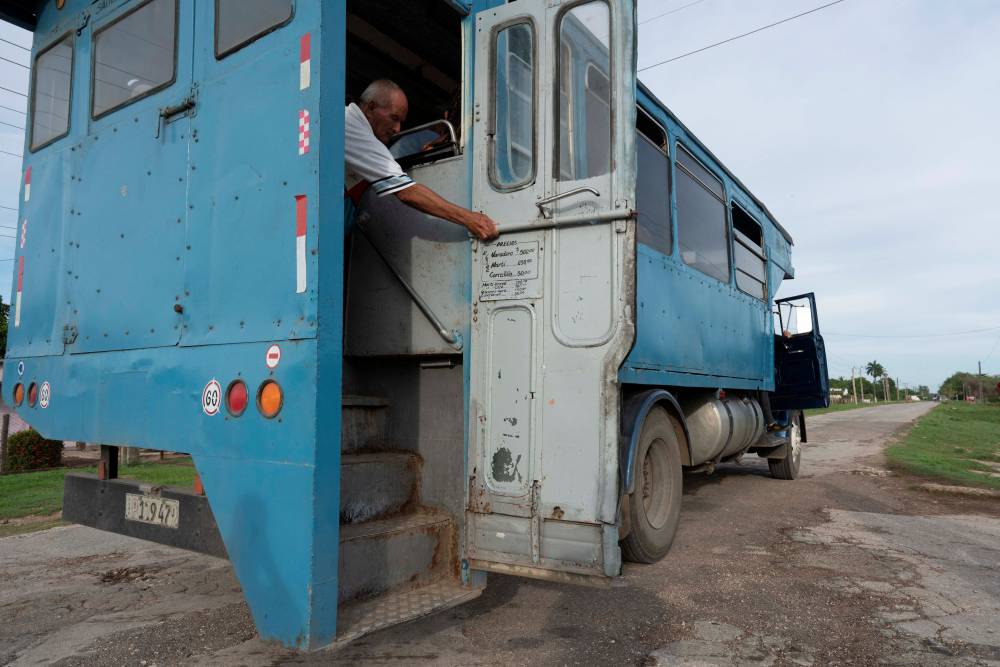
Trump, who has touted anti-immigration policies as a key part of his campaign platform, has said he would eliminate the Biden parole program. The initiative has allowed hundreds of thousands of migrants with US sponsors to enter the country legally.
The UN declined to comment on the US elections or immigration policy.
Edwin Viales, a regional monitor for the UN’s Missing Migrants project, told Reuters that migrant deaths are often the result of “restrictive policies that force people to migrate irregularly.”
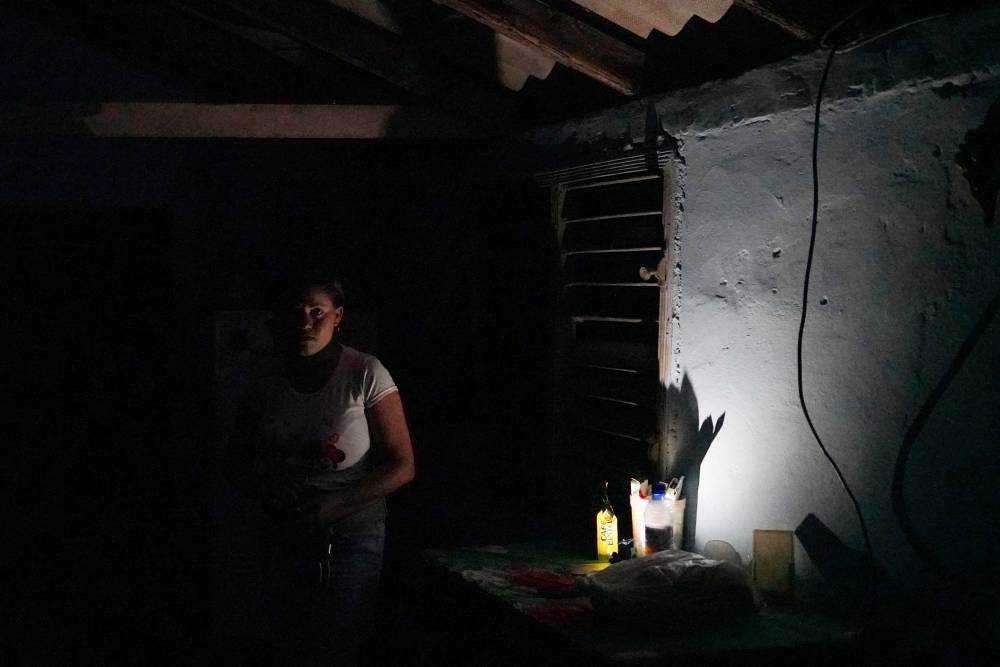
By the time the doomed raft was preparing to depart in late 2022, food, medicine and fuel shortages were worsening following a deep recession triggered by the global pandemic as well as more aggressive US sanctions under Trump that had made life miserable for many in Cuba. Desperation had set in.
“The clock was ticking,” said Kastia Rodriguez, a 36-year old who lost both a brother and a sister on the missing boat. “If they didn’t go, they would be turned back.”
Taking off from remote and poverty-stricken Palma Sola, the home of many of those who vanished, provided the shortest route from the Cuban coast to the nearby Florida Keys, and the cheapest.
Reuters, the news and media division of Thomson Reuters, is the world’s largest multimedia news provider, reaching billions of people worldwide every day. Reuters provides business, financial, national and international news to professionals via desktop terminals, the world's media organizations, industry events and directly to consumers.




